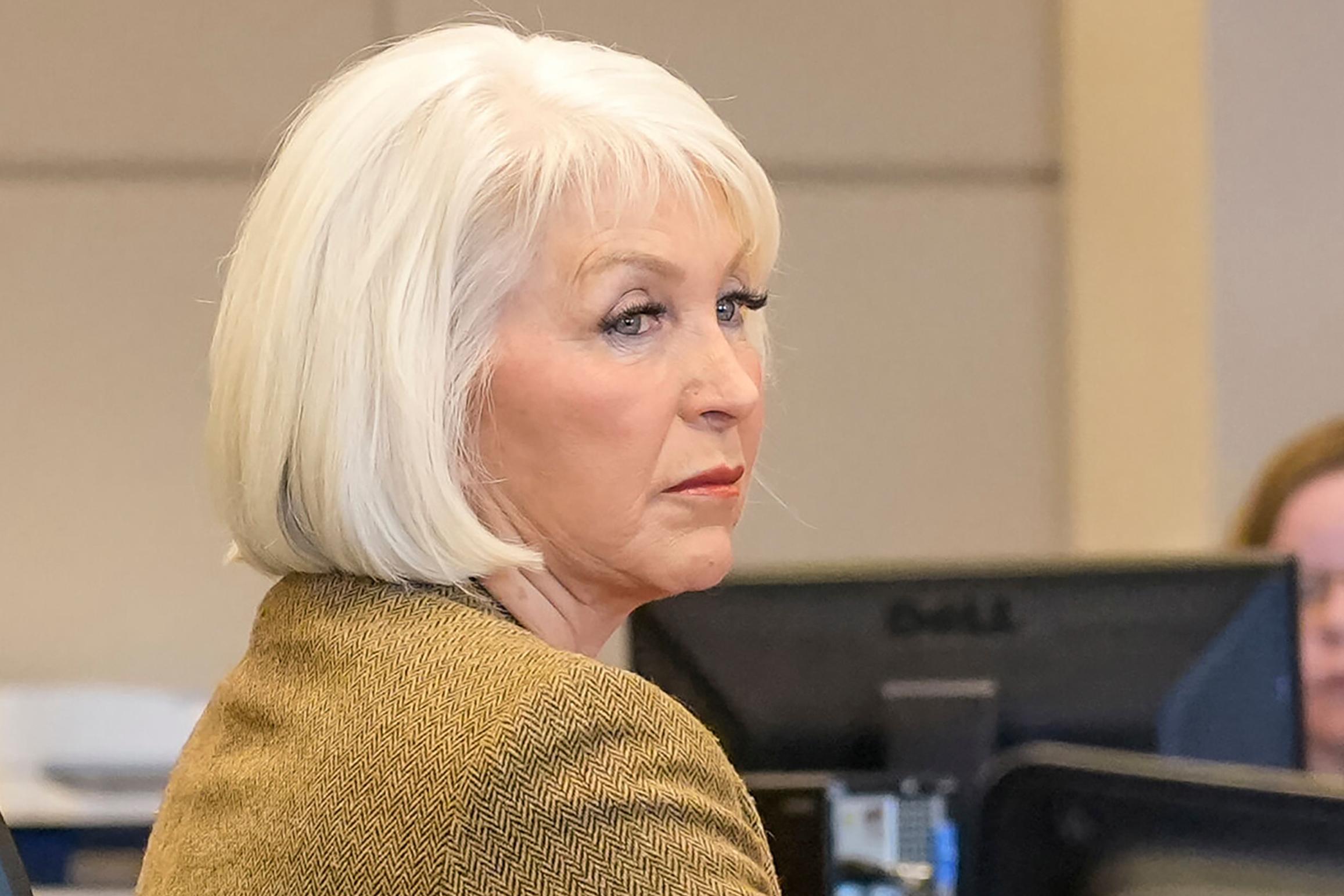

Eighty percent of Colorado is experiencing some form of drought or dryness. That means dry river basins, hungry wildfires and parched farmland across the state. Some have already started comparing conditions to the 2002 drought.
It’s also prompting a closer look by historians into how communities have survived and triumphed over water scarcity — instead of the old Western yarn that “water is for fighting.”
Back in 1999, some of Colorado’s most powerful politicians stood on top of the windswept sandy hills of what would soon become Great Sand Dunes National Park & Preserve. It was an attempt to conserve not only the land, but an underground aquifer and streams.
“I think the feeling was, ‘if we’re going to save this resource, the time is now. We’ve got to act,’” said Michael Geary, a historian who wrote “Sea of Sand: A History of Great Sand Dunes National Park and Preserve.”
Just the year before, voters defeated Amendments 15 and 16, which would have paved the way to export water out of the rural San Luis Valley where the sand dunes are found. The famous photo happened when a ring of state and federal lawmakers shooed away the media and other park employees. Rep. Scott McInnis, Interior Secretary Bruce Babbitt, Colorado Attorney General Ken Salazar and Senators Wayne Allard and Ben Nighthorse Campbell spoke alone, out in the open, for more than a half hour.
The summit on the sand led to Allard’s legislation to expand the national monument to a national park. It was a moment when Republicans, Democrats, ranchers and the environmental groups like the Nature Conservancy came together.
“There was a great sense of relief that they got this through when they did. And that they did something that was very worthwhile,” Geary said.
Historians at the University of Colorado Boulder’s Center of the American West want to know why some communities rally around water resources, and others fail. In the San Luis Valley, the community first fought over water then later banded together to save it. Patty Limerick, the director of the center, said tales of fights over water are both predictable and leave people beaten down.
“But water also causes some people in some circumstances to say, ‘we’ve got to pull it together,’” she said.

The Center has looked at historical examples of cooperation tracking back to the 1930s Dust Bowl. They’ve also looked at more recent cooperative agreements that have occurred along the Colorado River basin since 1999.
Roger Pulwarty, a National Oceanic and Atmospheric Administration senior advisor and drought expert, pointed out that, in many cases, reaching a crisis point “actually allowed us to create systems to be more efficient, to protect our watersheds, has actually led us to produce very positive outcomes.”
Crises don’t always force people to work together. Nearly 20 years ago in Oregon, conflict arose when the federal government stopped farmers from pumping water to protect endangered fish. After years of fighting, a diverse group of tribes, ranchers, farmers, environmental groups and state governments banded together to sign the Klamath Basin Restoration Agreement in 2010.
“It was quite remarkable that people were able to find common ground and come together,” said Brian Cannon, history professor at Brigham Young University.
Just like with the Great Sand Dunes, Congressional approval was needed. But Republicans became wary of a deal to remove dams from the river. Cannon said there were misunderstandings among stakeholders. The agreement unraveled in 2015 and Congress never approved it.

“One of the things we can learn is that the negotiations took place behind closed doors,” said Cannon, who indicated that proprietary business issues prompted the lack of clarity among the general public. “So that’s one thing we can learn is the value where it’s possible of transparency in negotiations,” Cannon added.
A different version of the Klamath plan continues to move forward. A corporation has proposed removal of the dams. But this provides little help to irrigators who have struggled with water supply due to endangered fish in the past.
In Colorado’s San Luis Valley, historian Michael Geary said the region is gearing up for another fight. The Bureau of Land Management has delayed a plan that could expand oil and gas drilling within one mile of the park. That has some worried about the water. Now, the BLM will consult with the Navajo Nation, which is a local landowner, before making their final decision.
“It’s very easy [to think] black and white, us versus them,” Geary said. “But that really doesn’t get anybody anywhere. What gets people somewhere, and hopefully it’s a place they want to be, is dialogue.”
There’s still work to be done on the agreements that helped create Great Sand Dunes National Park. This is the final year of a study to determine the park’s rights to conserve its underground water resource. If approved, the water right would exist in perpetuity.








